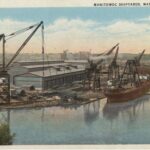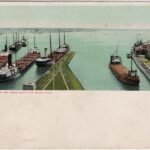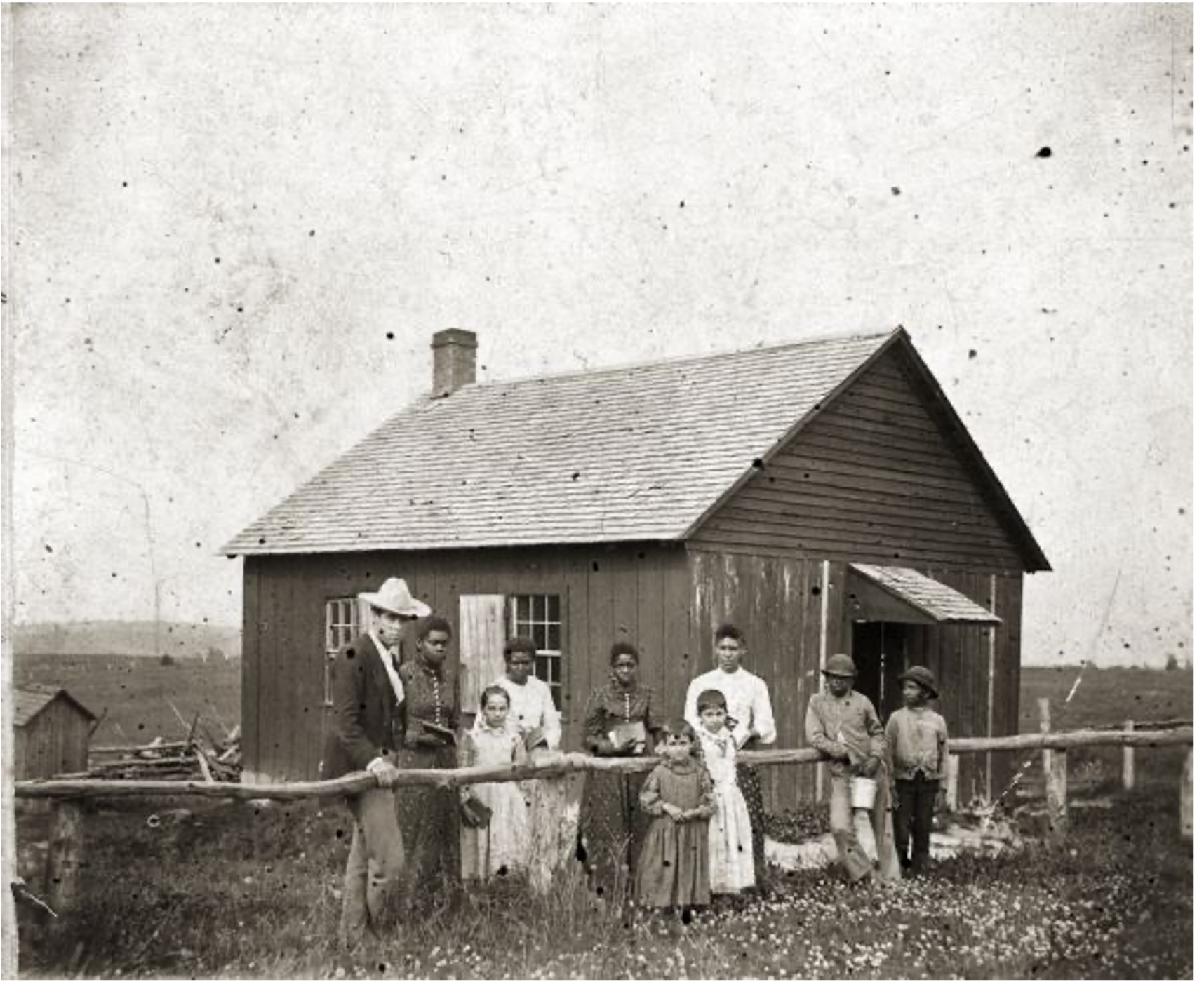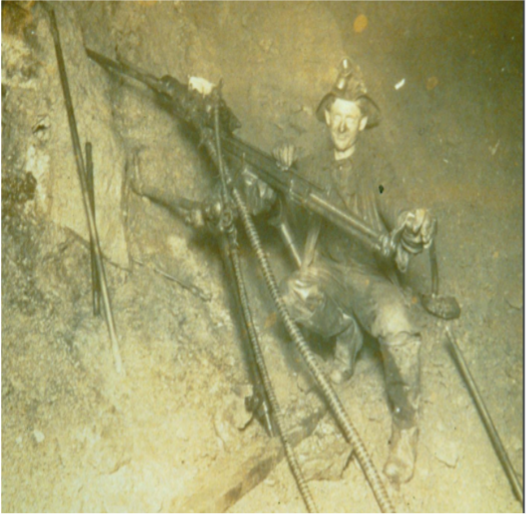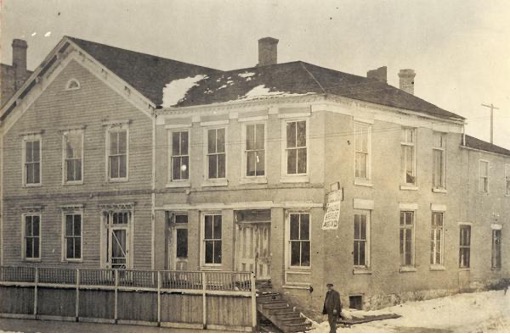Manitowoc’s Maritime Identity
The city of Manitowoc has been deeply shaped by its maritime industry. Located directly on the shores of Lake Michigan, Manitowoc’s identity is intimately tied to the Great Lakes. Manitowoc utilized the access to Lake Michigan to build an economy fueled by…
